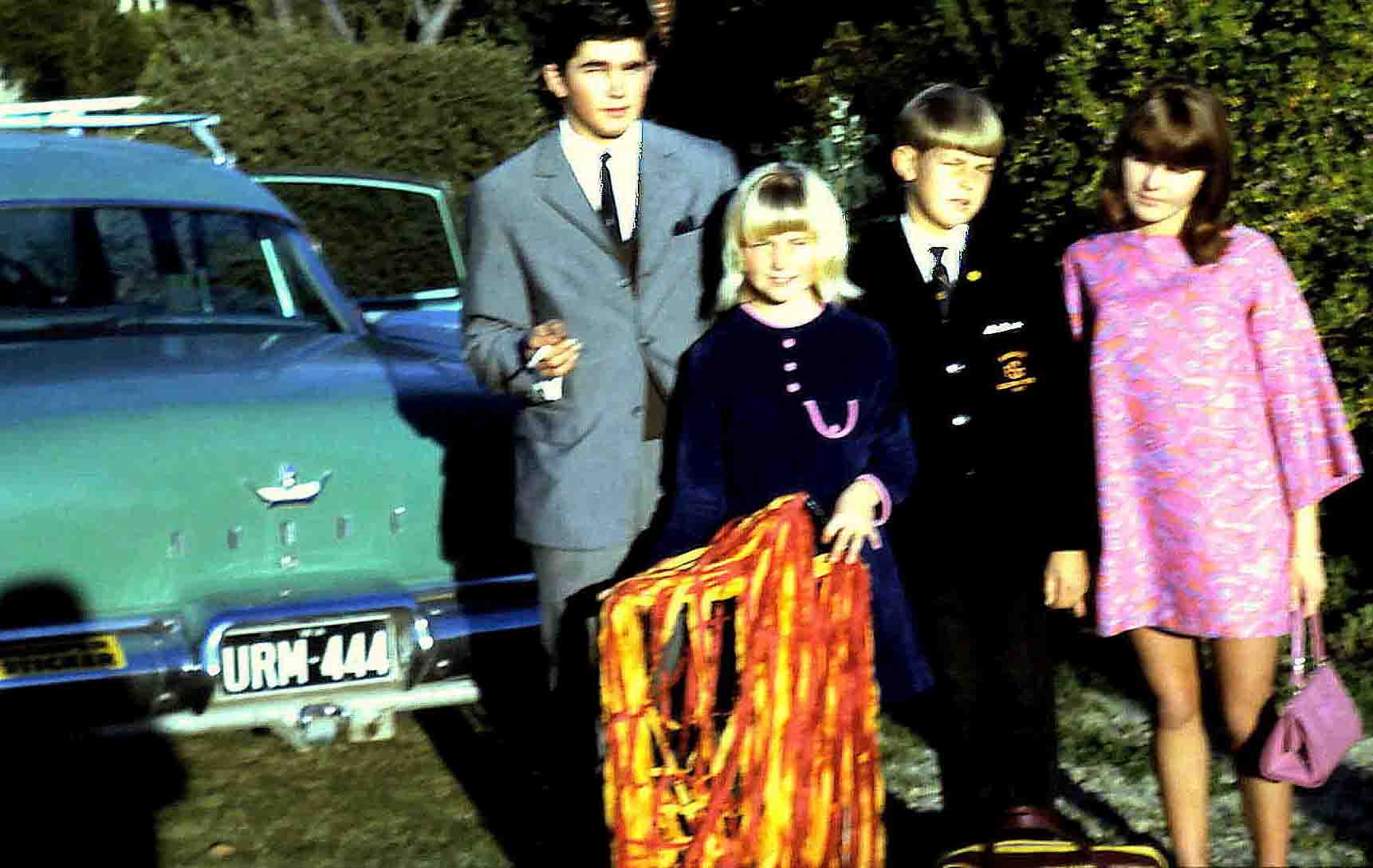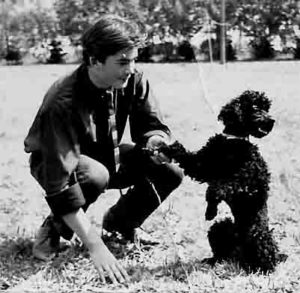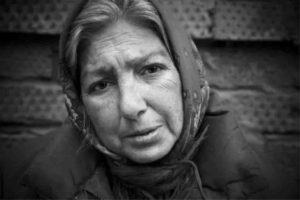
Karl always pitted himself against the elements — and the dominant paradigm. At the time of his great-aunt’s sudden death at 70, his only relatives, his uncle Hans and his wife (on his mother’s side) abandoned Karl, then aged ten. They had promised to take him when Hans’s mother, Anna Trapp, died. But they were poor, and no government welfare benefits accompanied the care of a relative. Perhaps not unfortunately for Karl, Uncle Hans failed to convince his wife that his wild, dirty, orphaned nephew was worth the trouble and the cost.
An early lesson in betrayal
Young Karl was devastated to find his great-aunt dead beside him on the couch in the attic room they shared. He shook her lifeless body and called out to her, “Großmutter, Großmutter!” (“Grandmother, Grandmother!”).” He put his ear to her chest to listen for her breath. But Anna Trapp’s life force had been extinguished. She had carefully watched over her charge for ten years.
Now Karl was utterly alone. Anna had tried to prepare him for this eventuality, by teaching him every practical skill she knew and resisting any desires to regale him with stories of the campfires and wagons of her childhood. He learned how to sew, mend, cook — and steal. Nevertheless, Karl, at ten, was poorly prepared for Anna’s death. She had been his only family for more than eight years.
Unable to wake her, Karl ran to raise the alarm, first to the home of his uncle Hans, Anna’s son.
It was January, deep into winter in Bavaria. After the undertaker left, Karl sat shivering and sobbing on the steps of the house at No. 12 Goethestrasse, Helmbrechts, listening to the raised voices of the three adults arguing inside. Terror filled his heart. He felt utterly powerless. But mostly, he was terrified. Indoors, the adults’ argument continued until twilight fell.
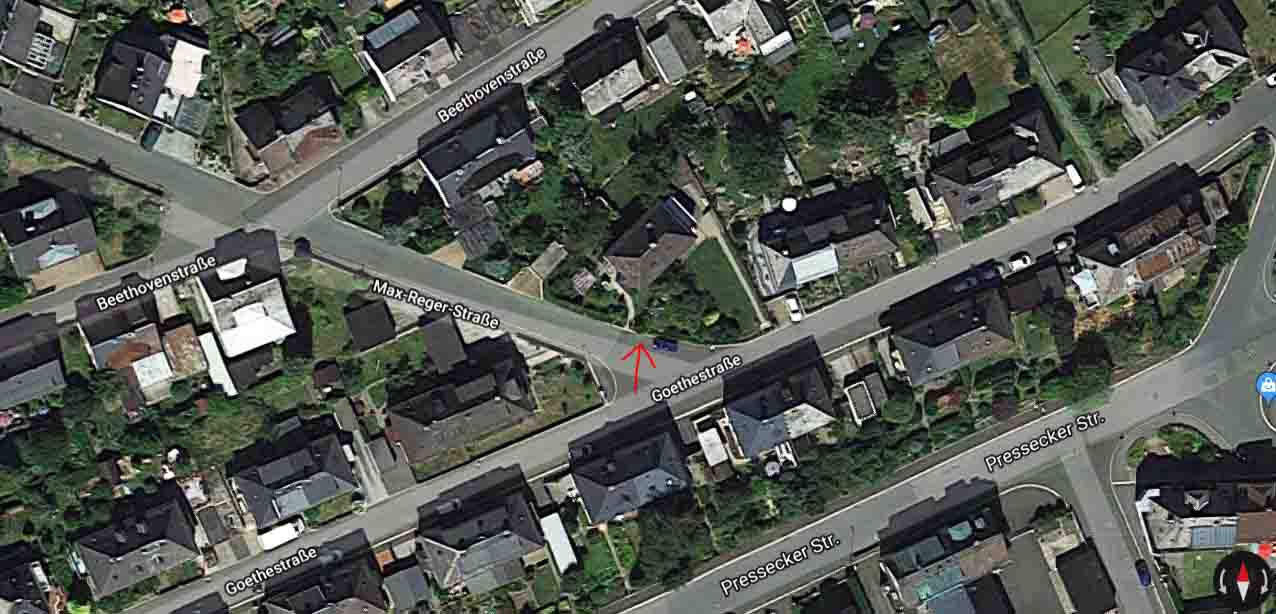
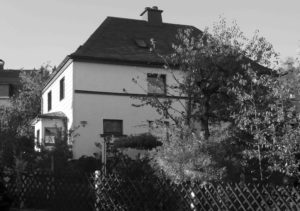
Karl’s German great-uncle, Johann (Anna’s estranged husband), who was maybe 75, lived downstairs at No. 12. Two decades earlier, Nazi anti-Gypsy regulations had forced him to divorce his wife, Anna Trapp (a full-blooded Sinti woman).
Now, Johann swivelled in his leather chair and screamed at his middle-aged son and daughter-in-law:
“Hans, can’t you see that someone has to take Karl-Heinz now that Anna’s gone. He has no other family. His mother’s been living in Australia for years. Little help can she be at this time. The boy is only a child, for God’s sake. He’s only 10. He can’t be expected to live alone in my attic!”
Eight years earlier, Karl’s mother had emigrated to Australia with her new German husband and their infant daughter, neglecting to advise either the German or Australian authorities that she had a baby son.
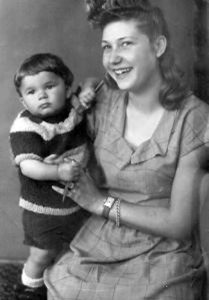
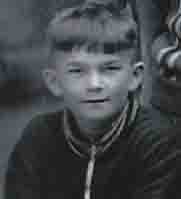
To be fair to half-Sinti Hans Trapp and his German wife, Anna Trapp, it was post-war Bavaria; life was chaotic, and times were desperate, especially for Roma and Sinti folk. The brutal treatment of these peoples during the Nazi years had terrifyingly powerful and enduring knock-on effects. Everyone continued to be horrified and traumatized. Rumors abounded, and for barely literate people it was impossible to discern the truth. Since 1936, Germans married to Roma or Sinti people were forced to divorce them. Thousands of men, women and children had been incarcerated and tortured, and the Nazis had killed hundreds of thousands of “Gypsy” people.
Although the details of this tragic story in Karl’s family are shrouded in secrecy because of the enormous dangers Sinti people faced during the Nazi years (and afterwards), it goes something like this. In 1938, when Karl’s mother Anna was only eight and her sister Hanny, twelve, their parents, Anna Langheinrich (a full-blooded Sinti woman) and her husband, Johann Langheinrich (a German man), fled their dairy farm in Hof, probably hoping that their two half-Sinti daughters (Karl’s mother Ana and her sister, Hanny) would be safer in a Catholic orphanage than on the run with them. The parents disappeared into the mists. No trace was ever found, despite intensive research. The two daughters’ lives were haunted by this abrupt abandonment, their lack of understanding of the terrors their parents faced. Both sisters fared poorly in foster care and in institutions.
Harshness trumps compassion
Twenty years later, in Helmbrechts deep in the winter of 1958, harshness trumped compassion in a defining moment of a young boy’s life.
A decision about Karl-Heinz’s future was finally made and then speedily implemented. Following a phone call, the two Kinderheim Marienberg orphanage “house parents” drove twenty kilometers from the village of Schwarzenbach an der Saale, to collect Karl that very day.
Sharp lessons in trust — or rather, not trusting — were forced on the boy, who spent the next five years “incarcerated” (in his words) in the farm-based Lutheran children’s home (Kinderheim Rettungshaus Marienberg) on the outskirts of the tiny village of Schwarzenbach.
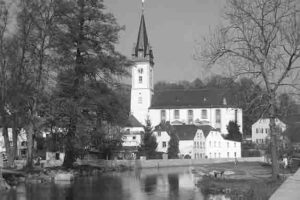
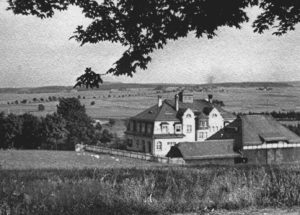
The young “union organizer”
Before long, Karl (who arrived at the children’s home at ten) became the “union organizer”, organizing strikes against the Kinderheim Marienberg’s poor food quality, lack of cleanliness, and poor living conditions. When older resident children (mostly older boys) “escaped” to East Germany, he helped by giving them money, warning that the authorities always returned them. Karl hoarded food and tried to maintain cleanliness in the spaces over which he had control. (Respect for cleanliness is a critical component of Romani community life, and Anna Trapp had taught him well.)
Fearing further unfair treatment, Karl hid in the barn at the children’s home’s every Sunday afternoon when potential foster parents visited.

He was one orphan who preferred the devil he knew. Early on, deeply stung by abandonment and his family’s continuing duplicity and rejection, Karl learned to be deeply suspicious of people’s intentions. Later he transformed that suspicion into unionism and social, political, and environmental activism.
Despite what was later revealed as high intelligence and an aptitude for theory, sociology, and philosophy, young Karl was an indifferent student. He was highly fortunate, however, to have a brilliant teacher, Georg Haas, in his last two years of elementary school. Haas entered his senior Schwarzenbach students (Karl included) into a Bavaria-wide sociology competition, which they won. I learn later in 2018 when I visit the Schwarzenbach school and meet four of Karl’s classmates that winning this prize was a triumph for everyone involved.
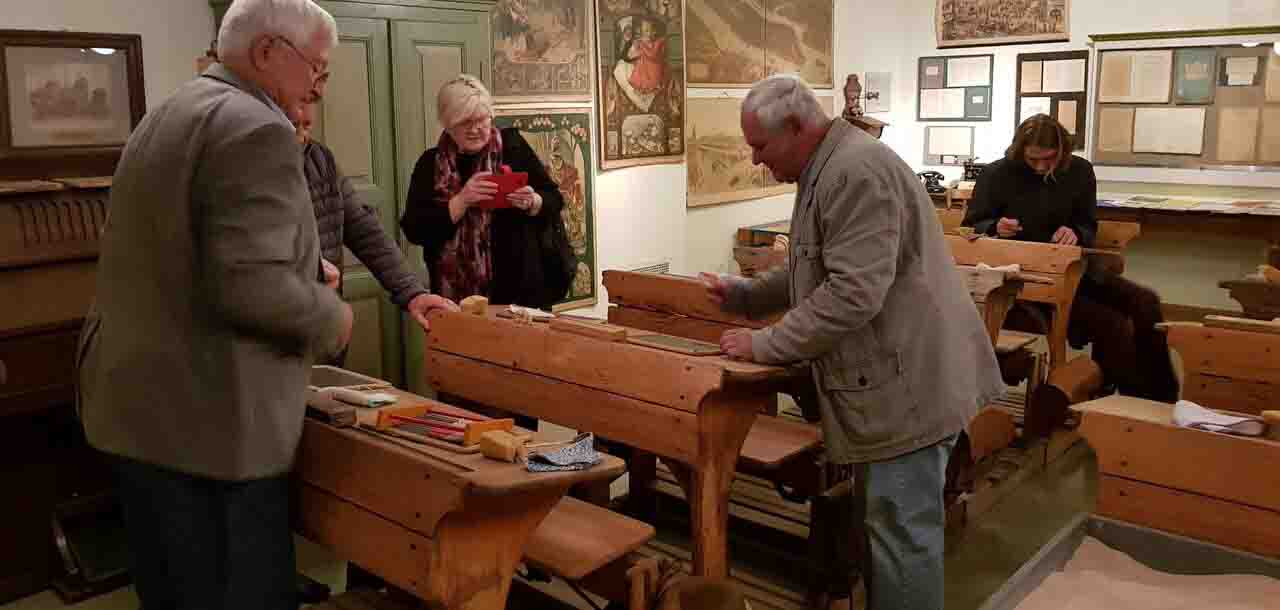
Perhaps Karl’s later fascination with sociology was birthed at that time.
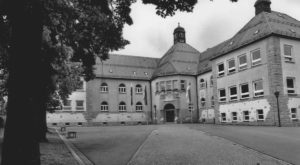
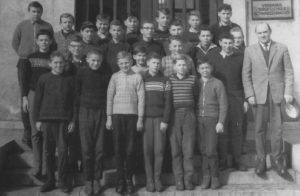
Nevertheless, Karl, deemed unfit for further academic study was transferred, at fourteen, to a Lutheran-run accommodation facility for teenaged apprentices in Bayreuth, 50 kilometers away (Jean-Paul-Verein Bayreuth e.V.). That move shattered his fragile social network (as the home’s children had little time to socialize with other students, being heavily burdened with farm-based chores).
For the next three years, Karl undertook an apprenticeship in textile manufacturing. He hated it but valued his newfound independence and freedom.
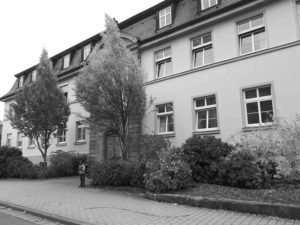
FINALLY, A REUNION
When Karl was 17, his mother, now living in Perth with her husband and three children, finally arranged to bring him to Australia. That so-called family reunion was a disaster, partly because Karl spoke not a word of English.
Karl’s knockabout Australian life then began.
